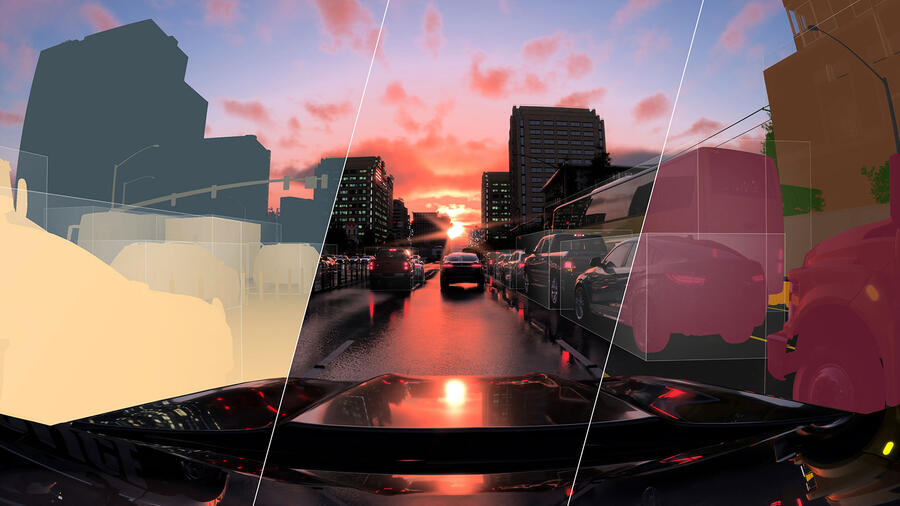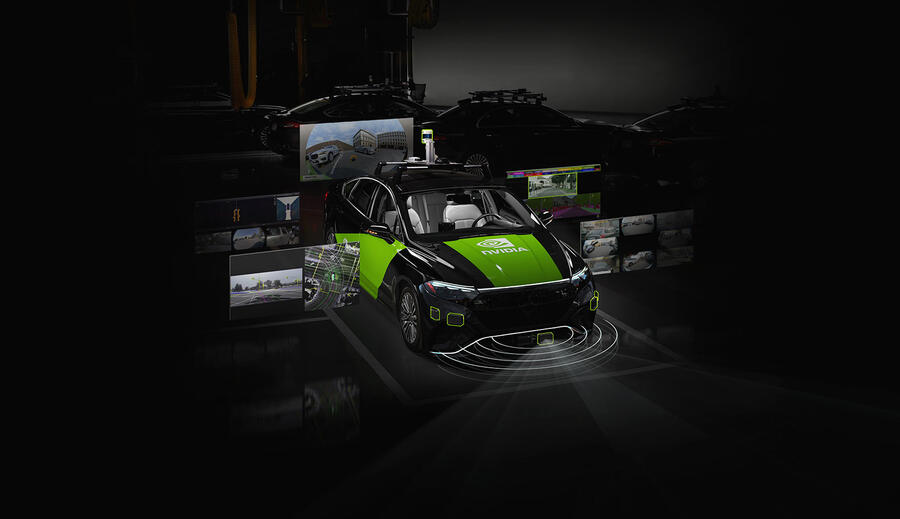If you pay any attention to the world of tech or the stock market, you’ve probably heard of Nvidia.
And if you haven’t, you will definitely know car firms that use the American tech giant’s hardware or software in some capacity: Tesla, Volvo, JLR, Mercedes-Benz, BYD, Hyundai and more.
Basically, in the coming era, when TOPS (tera operations per second, a measure of how fast a computer chip can process data) might be as key to a car as BHP or MPG, Nvidia is becoming a major player in the automotive industry and is the dominant force in an emerging field – so you absolutely should care about it.
With huge processing power being required for autonomous vehicles, automotive is shaping up to be very big business for Nvidia: around $5 billion (£4.1bn) annually, if you include related services.
But as its automotive vice-president and general manager, Ali Kani, tells me at the CES tech event in Las Vegas, “less than 10% of the market today” offers even level-two (so semi-autonomous) functions. It’s easy to do the maths.
Nvidia was founded in 1993 to build graphics processing units (GPUs) – the chips that make it possible for PCs and games consoles to have fancy graphics.
And because they need the power to process vast amounts of data for 3D effects, GPUs have also turned out to be incredibly well suited to the sort of advanced computing required for artificial intelligence (AI) – an area in which Nvidia has a real edge.
That’s why its share price has skyrocketed in recent years, such that it is now worth $3.3 trillion (£2.7tn). Yes, trillion.
Nvidia’s arrival in the automotive industry was almost an accident, with early clients such as Audi sourcing its chips to power their infotainment systems.
“Car screens need a lot of graphics and car makers wanted them to look beautiful,” recalls Kani. “We were really good at graphics and we built chips you could use in a car. That was the beginning. But then we realised that self-driving cars were coming.”
To operate naturally, self-driving cars need lots of AI computing, so you can see why Nvidia is interested in this area.
Autonomous vehicle tech development requires “a tremendous amount of deep learning”, says Kani. “
You also need to train models in the cloud [meaning computing services performed elsewhere and sent to you] and create synthetic data [simulations], because you can’t test for every event that happens in the real world.”























Join the debate
Add your comment
In my opinion cars peak around 10 years ago, all the super computers and internet BS should be left at home.
Queue the Boomers about so say cars were better before computers. However, unless you're driving a 1928 Blower Bentley and manually adjusting your ignition retardation then your car already has generations of tech to make it a safer and easier experience and this is just the next step change in that. Peg on the choke lever anyone miss that?